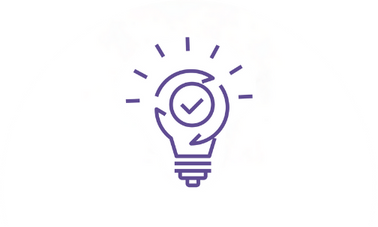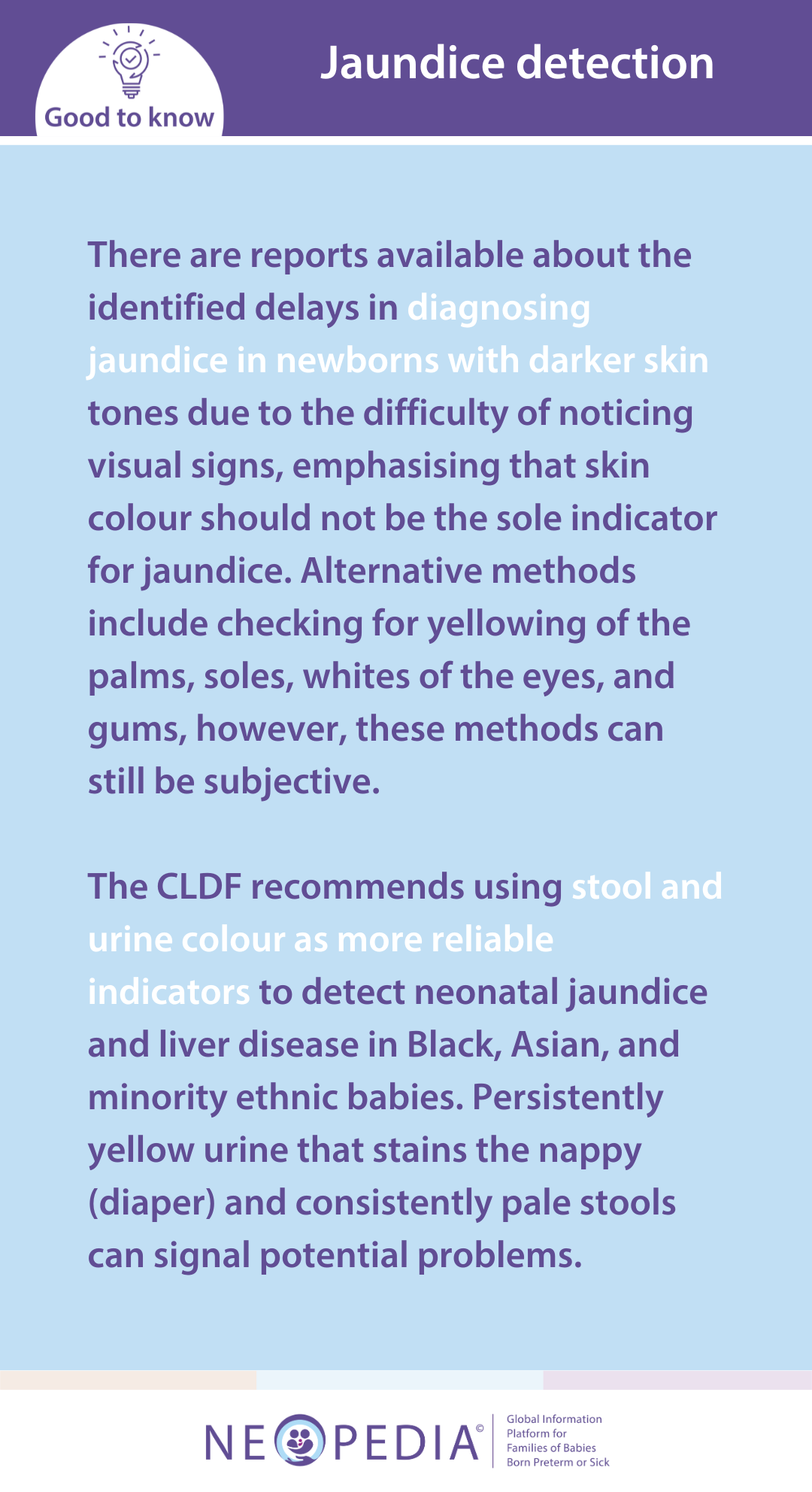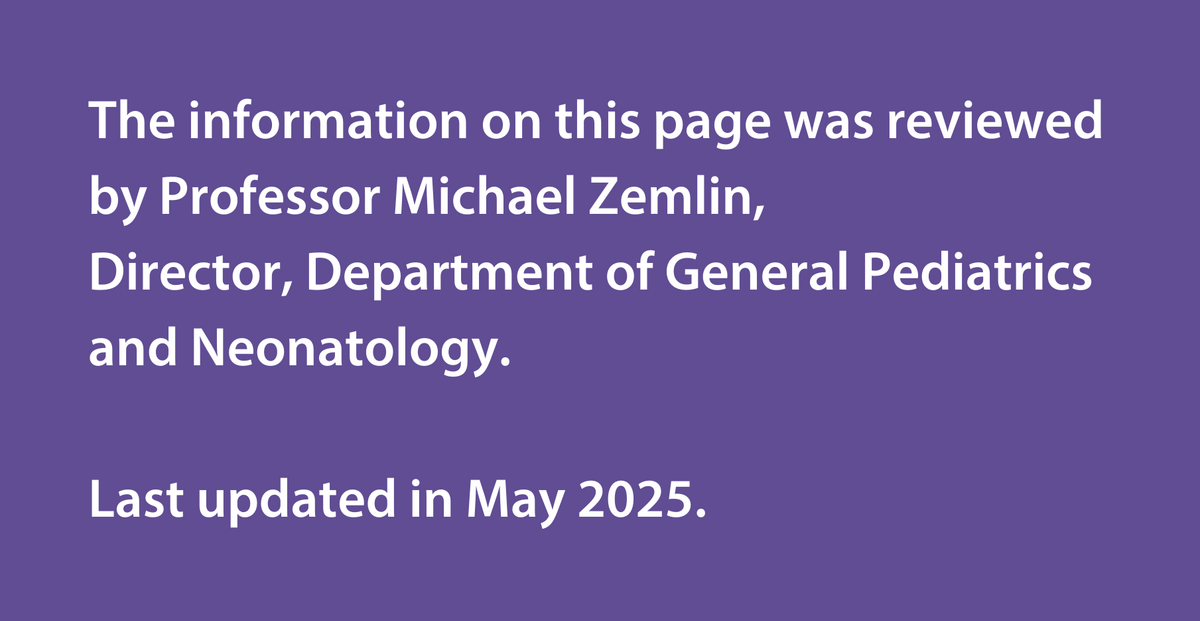Please consider reading the information that is relevant to you and your little one(s). By doing so, you can avoid overwhelming yourself with too much information in an already distressing time.


Jaundice is the yellow discoloration of the skin caused by elevated levels of bilirubin, a yellow substance that is a byproduct of the red blood cells’ breakdown process. Many newborns experience jaundice for a few days or weeks after birth, with around 80% of preterm babies being affected during their first days of life. Newborns often have immature systems to process bilirubin, leading to its buildup. Certain factors like preterm birth, infection, and blood group incompatibility between mother and baby can increase jaundice.
Although jaundice is often visible, healthcare providers may measure bilirubin levels in the blood to guide treatment. They might also use a bilirubinometer to assess the severity. Early, high, or prolonged jaundice may warrant further investigations like blood or urine tests, and in some cases, liver ultrasound⍰ or more complex tests.
Most jaundiced babies require no treatment. For elevated bilirubin levels, blue light therapy, also called phototherapy, is commonly used to aid in bilirubin breakdown. This therapy involves exposing the baby's skin to blue light, typically while wearing only a diaper (nappy). It is important to know that phototherapy uses visible blue light and the lamps do not emit any harmful UV light. Shields protect the baby's eyes during treatment. Blood tests monitor bilirubin levels to ensure effectiveness.
In severe jaundice, a blood exchange transfusion may be necessary, where the baby's blood is replaced with compatible donor blood. However, this is rare due to the effectiveness of phototherapy and early identification and treatment of underlying causes.
If you have concerns about your baby's jaundice, consult the healthcare team. They can provide guidance and support tailored to your baby's needs.

